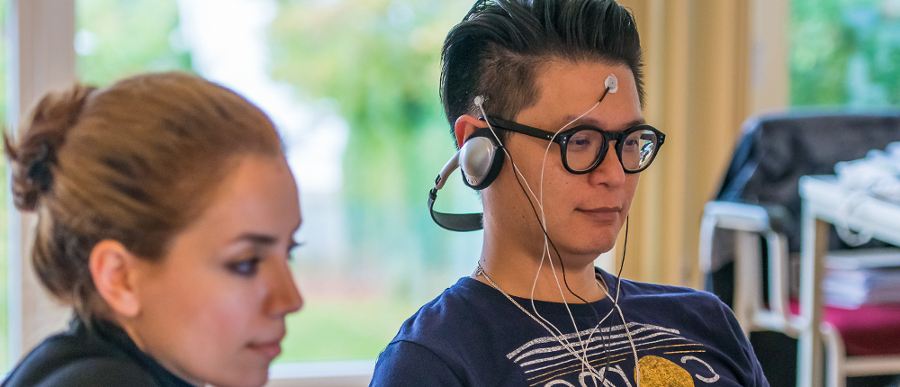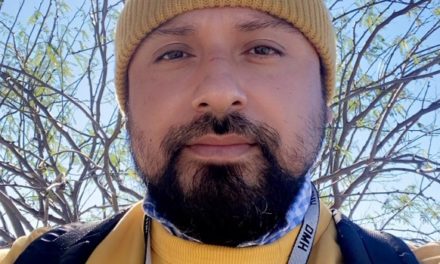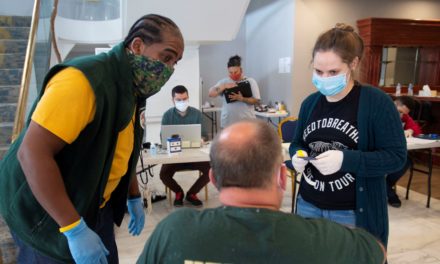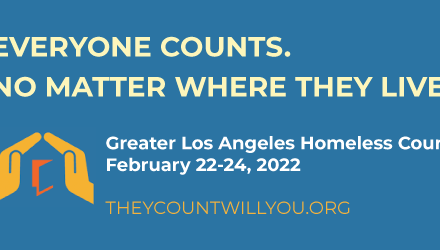by. H. Chung So, Public Information Officer
To support the wellbeing of systems-involved youth and families, LACDMH providers have joined a pilot project to begin offering neurofeedback therapy to help treat behavioral disorders. While this therapy has been readily available in private mental health care settings, this pilot – which trains clinicians and provides equipment to implement this therapy – aims to expand this treatment’s availability to clients who are on public insurance (MediCal) as well as those who are uninsured or underinsured.
Neurofeedback, also known as neurotherapy, involves connecting a client to non-invasive sensors that detect brain activity and to a device that gives real-time feedback – typically in the form of visual, tactile, and/or auditory cues – to guide and reinforce healthy brain function. With repeated applications – a typical course of treatment is two one-hour sessions a week for 10 weeks – this helps the client self-regulate their brain activity and can provide long-term relief for a broad range of mental health symptoms – including those linked with depression, anxiety, post-traumatic stress disorder, and insomnia – and can enhance the effectiveness of other mental health treatments, such as psychotherapy and medication.
In the L.A. Neurofeedback Pilot (LANP), supported by Pritzker Foster Care Initiative, clinicians from LACDMH providers and other organizations – including school districts and child welfare agencies – are provided in-depth training on neurofeedback usage and benefits for systems-involved youth and families. Upon completion of this training, participating organizations are provided ongoing support as well as a free one-year lease of neurofeedback equipment to implement this treatment in their facilities, along with the option to buy the equipment at a discounted price at the end of the lease.
“We are trying to reduce the barriers to learning and practicing neurofeedback, particularly for clinicians serving clients who have experienced significant trauma,” said Winnie Wechsler, executive director of the Anthony & Jeanne Pritzker Family Foundation, adding that they are under no obligation to lease or buy the equipment if they don’t feel it’s a right fit for their clients or practices.
Nancy Rodas, L.C.S.W., a program manager of diversion services at Rancho San Antonio and a participant in the neurofeedback training program, said “it’s probably one of the best trainings I’ve ever been to as a clinician, and it’s an amazing additional tool to have in your belt.”
Rodas noted that this therapy may be especially helpful for trauma-impacted individuals, noting “this is something I can offer to help with their symptoms without asking them to do a deep dive into their lived experiences if they are not ready for it.”
While this pilot is specifically focused on using neurofeedback to support the wellbeing of systems-involved youth and families, LACDMH and the Pritzker Foundation hope to eventually broaden its scope so that more County residents can benefit from this treatment.
Read this article to learn more about how neurofeedback works and its benefits for behavioral conditions.





